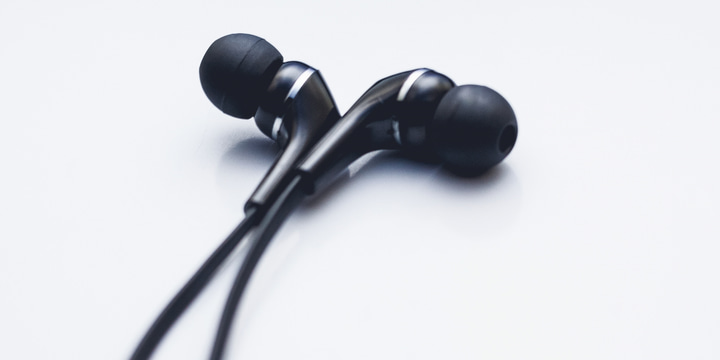How do Balanced Armature Headphone Drivers Work?

If you want to dive into the audio equipment rabbit hole you’re in for a very deep and interesting experience, with tons of things to learn. As a starting point, it can be a good idea to learn about headphone drivers. These are the heart and soul of any headphone, headset, of pair of earbuds, as they are responsible for creating the sound that you’re looking to enjoy.
In this article, we’ll take a closer look at Balanced Armature (BA) drivers and how they work, and we’ll also go over their pros and cons.
This article is part of our series on headphones and headphone drivers. You can always check out our overarching article on headphone drivers in case you’re interested.
What are Balanced Armature Drivers?
As you may or may not know, a headphone driver is responsible for creating the sound that reaches our ears. It does so by vibrating a diaphragm (a thin, flexible piece of material) which in turn causes the air molecules around it to become disturbed, thus creating sound waves. Different drivers use different technologies to generate these sound waves, and balanced armature drivers are very common in earbuds and in-ear monitors (IEMs) due to their compact size and the fact that they’re not power-hungry.
A balanced armature driver is made out of an armature that’s wrapped in conductive coil that is placed between two magnets inside an enclosure. When an audio signal (which is an electrical signal) is applied to the armature, it becomes electromagnetic. This causes a constant push-pull interaction between the armature and the magnets surrounding it, which makes the armature vibrate. A drive pin that’s attached to the armature makes contact with the diaphragm when it’s vibrating, causing the diaphragm to vibrate too. This interactions creates sound waves that then get pushed out of a tiny sound hole at the end of the housing.
All of this happens on a miniature scale, which makes BA drivers such a popular choice for IEMs and other audio products that need to stay light and compact.
Note that the actual shape and form of a BA driver can vary, so not all BA drivers look the exact same. The image below is just an explanation on how a dynamic driver works at the base level.

Balanced Armature Drivers – Pros and Cons
One of the biggest advantages of BA drivers is the fact that they’re extremely small and require very little power to drive. This consequently also makes them good for isolation purposes, since they can be placed inside the ear canal, thus making them better at blocking out external noises while also not bleeding into the environment.
BA drivers are also very tunable and are capable of creating high quality and accurate sounds, but they do have a rather narrow frequency range, meaning that anyone who wants to use BA drivers in a high end headphones will have to use more than one. The downside of this is that tuning all of these drivers and getting them to work together perfectly represents a big engineering and production challenge, which drives up the cost of the end product, doubly so if you consider that BA drivers are generally more expensive than traditional dynamic drivers already.
Note that ‘more’ does not always equal ‘better’ with BA drivers (and headphone drivers in general). Some manufacturers like to flex the amount of drivers they have inside their headphones, but if those drivers aren’t tuned properly, the sound coming out of them won’t be very impressive to say the least.
Another drawback of BA drivers is the bass response. The diaphragm inside a BA driver is extremely small, making it relatively unfit to put out deep, thumping bass sounds. For that reason, BA drivers (or an array of them) are sometimes combined with other types of drivers inside audio products.
Conclusion – Balanced Armature Drivers
Balanced Armature drivers are an excellent example of how drivers can serve entirely different purposes. These drivers are made for lightweight and compact applications and, as such, are quite often used in IEMs. Their limited frequency range along with their cost might make them a less than ideal choice for listeners who want to get great audio quality on a budget, but when used correctly they can definitely be an asset in an audio product.


